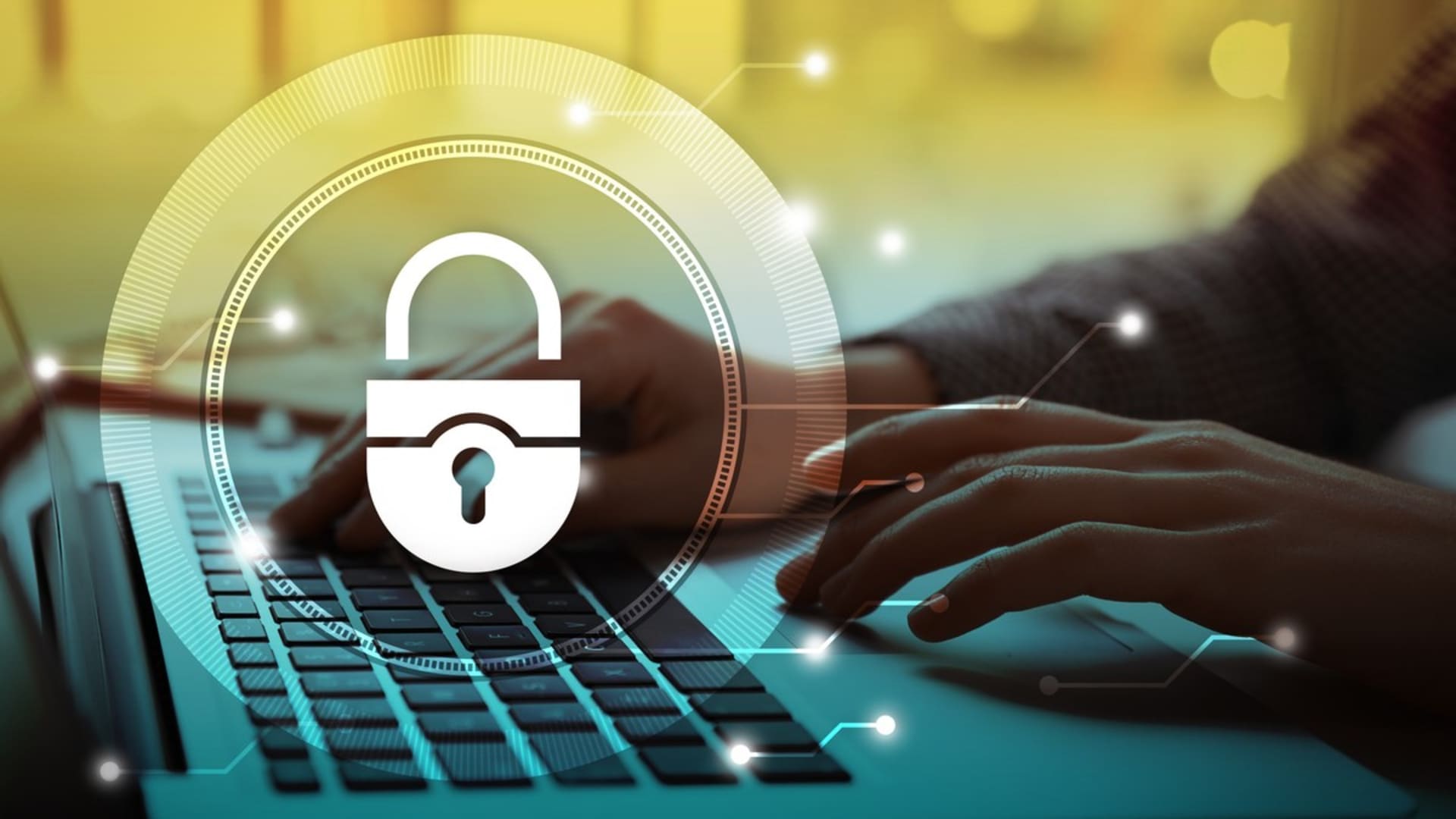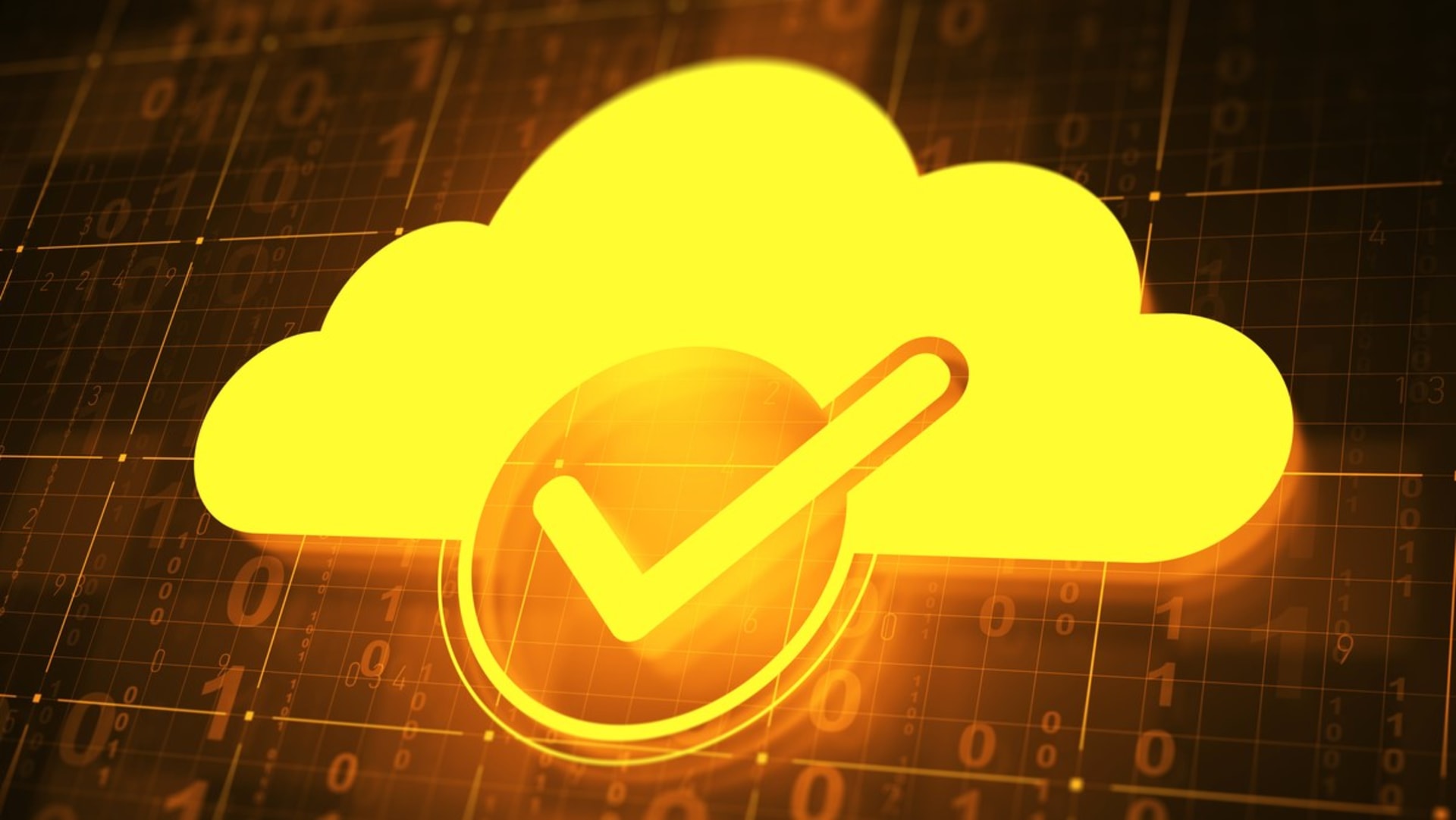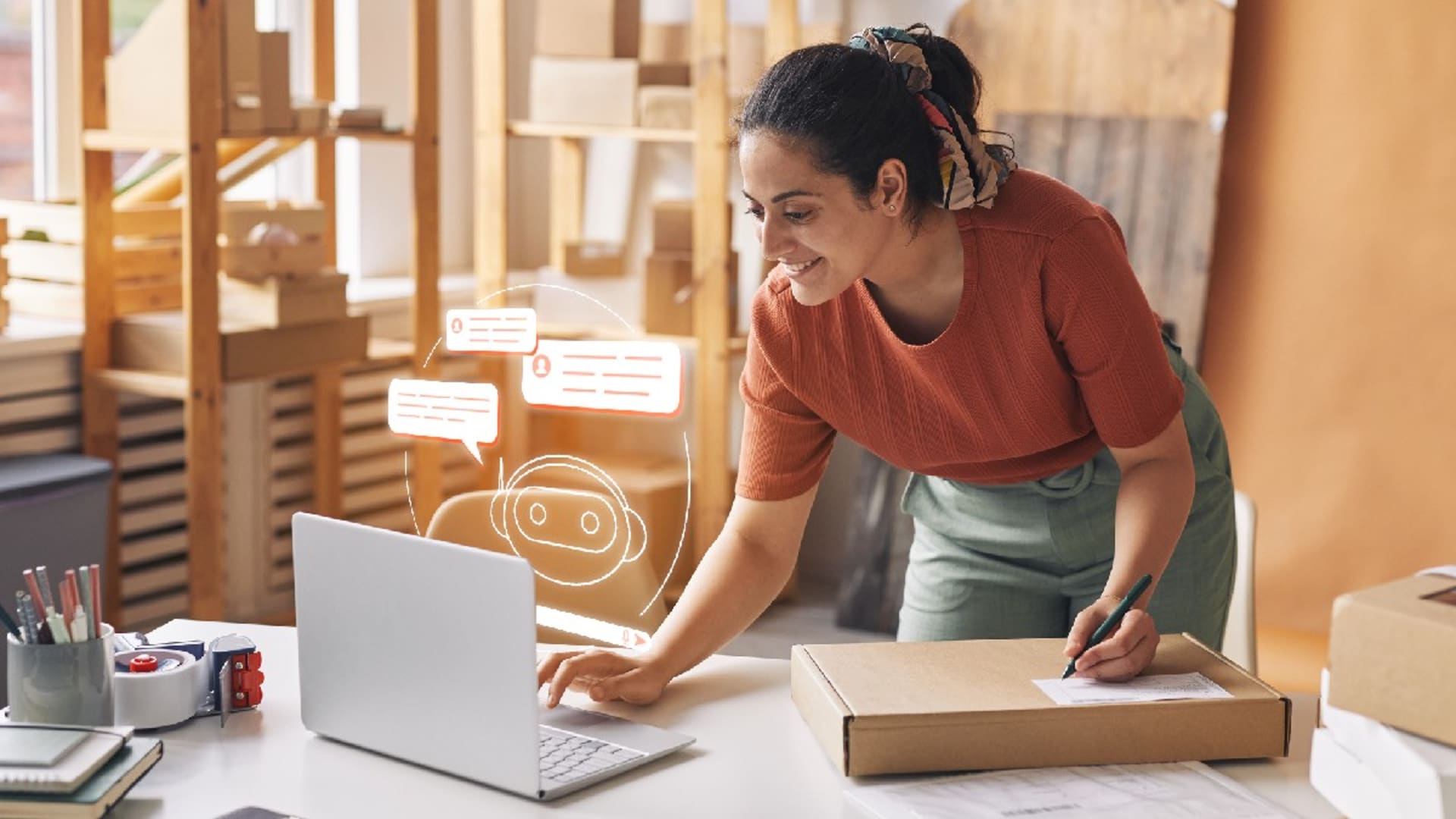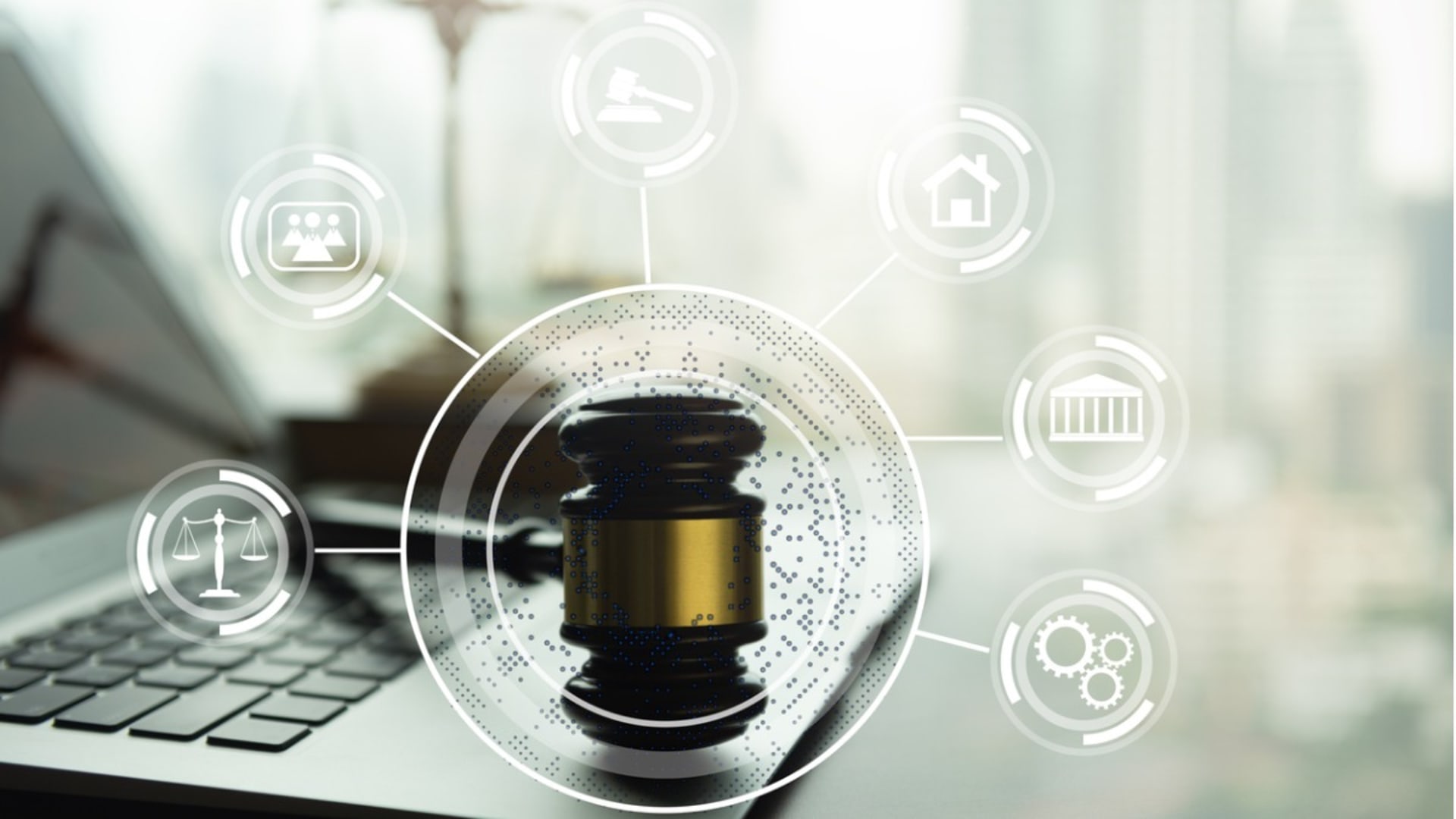The COVID-19 pandemic isn’t over. People are still getting sick all over the world. Virus variants continue to crop up. And some areas are seeing new cases when they loosen masking, social distancing, and business modification requirements. However, there is an ever-brighter light at the end of the tunnel as doctors find ways to treat those who become sick, infection trajectories have dropped from peaks over the last year, and vaccines are distributed to millions.
Another positive aspect of a very trying year is the lessons that were learned as industries have adapted to a “new normal” as the pandemic grew and are adjusting to a “next normal” as it recedes. One well-known example is the use of Zoom for meetings, seminars, and even conferences. While it may not be the ideal way of connecting, professionals have learned that it can be a useful tool, even post-pandemic.
Many more lessons have been taken from the workplace environment, as well as from classrooms (think how to keep 20 children occupied online for hours at a time) and medical practices (how to provide care when caretakers are also falling ill). Here we explore some of the most important of those lessons and how they can be useful in the post-pandemic world.
Work
In a rush to follow social distancing guidelines at the beginning of the pandemic, many companies sent office workers home with instructions to set up an office there. It may have started as a challenge as workers juggled work expectations and kids engaged in remote learning, but numerous employees have discovered the benefits of working from home.
Remote work works. Companies have seen their teams thrive in remote work conditions. Some have seen an uptick in productivity, and some are even making the overhead of office space and related expenses a thing of the past.
Contingency plans are critical. While no one could have predicted the COVID-19 pandemic, companies should be considering other potential worst-case scenarios — such as natural disasters, cyberattacks, and power outages — and planning for them.
Open concept floor plans may not be the best plan. As companies strive to make workplaces more conducive to social distancing, open concept floor plans may become a thing of the past.
The right technology is more of a need than a want. Applications that employees can use from anywhere, either permanently or as a just-in-case measure, can ensure a seamless transition in the event of future emergencies.
Empathy is a must-have skill. As customer and employee challenges took center stage over the past year, leaders and fellow team members have had a crash course in putting themselves in others’ shoes. Some companies are adding empathy to the top of job description skill lists.
The following video explains another lesson that has come from the pandemic – how to address workplace burnout:
Education
Even in the best of times, teaching children is challenging. Each child brings their own set of problems, sometimes supplies are limited, and administrative demands can be onerous. The online component necessary during the pandemic added yet another layer of difficulty for education professionals.
Teachers are amazing. In an already highly challenging profession, teachers have had to step up and cope with innumerable shifts to their schedules, locations, and the way they perform their jobs.
Small groups are effective. Many teachers found ways to incorporate small group learning into their online teaching strategies. For some, this action has been a necessary way to organize learning into manageable components.
Internet access is a necessity, not a luxury. Broadband access still isn’t available everywhere and children that don’t have it are at a distinct disadvantage when their school sessions are online. Post-pandemic, they still require this access for homework.
Challenging times require better direction. Children aren’t always the best listeners and that’s even more true with online learning. Teachers have had to modify their instructions and the way they deliver them.
Online learning can work. Few teachers expected to have to teach classes online, yet they adapted and found tools and methods to engage students over the past year. Sharing methods with colleagues has helped them meet students’ needs.
Healthcare
Unsurprisingly, the healthcare field has lived through major shifts and learned lessons from its pandemic experience – perhaps more than any other industry. From the front line to the back office, these professionals have worked tirelessly to prevent illness and improve outcomes for those suffering from the virus.
More virtual healthcare options are needed. The pandemic revealed how effective online healthcare provision can be, especially for routine visits or simple issues like colds and ordinary skin rashes.
Digital infrastructure is needed to support it. Lack of stable internet service limits access patients have to their healthcare providers. That includes telehealth visits and also access to their medical records and other information that’s stored online.
Compassion is critical. Because family members of many COVID-19 patients haven’t been allowed to see them, it’s been up to medical professionals to provide comfort and compassion, sometimes even through to patients’ final moments.
Caretakers need care too. When frontline medical workers caring for COVID-19 patients experience burnout and mental exhaustion, that means fewer professionals available. The lesson here is that medical professionals must tend to their own physical and mental health.
Preparation is key. Like office workers, medical experts are using the experience of the pandemic to develop and plan for worst-case scenarios.
Looking Forward
Many have spent the past year looking back to the way things were before the pandemic. Back to crowded streets, thriving shopping areas, and packed movie theaters. Back to large family gatherings, concerts, and sporting events. Back to hugs, handshakes, and no masks. All of these memories are valuable in understanding what the world we’d like to return to looks like.
Now we’re seeing signs of what we consider normal coming back, including restaurant openings, small group gatherings allowed, and travel restrictions being lifted. And we’re looking back on the pandemic itself. Even though we’ve worked through numerous challenges, the lessons we’ve learned from this time will help provide a better tomorrow.












